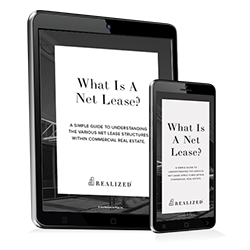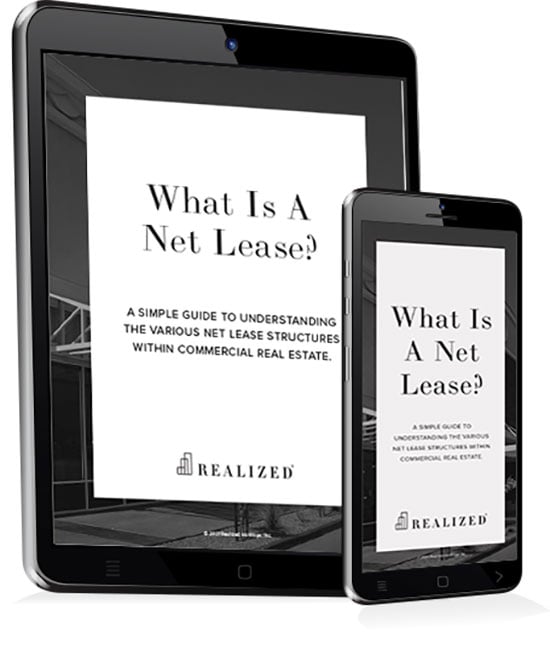
A modified gross lease is a variety of commercial real estate lease. In this structure, the tenant pays base rent and a proportional share of some other property costs, including taxes, utilities, insurance, and maintenance. A modified gross lease sits between a gross lease, where the landlord pays for all operating expenses, and a net lease, which passes on property expenses to the tenant.
Often, a modified gross lease differs from both because it starts as a gross lease, with the tenant paying a flat rent in the first year. However, in later years the tenant’s obligation increases to include a share of the operating expenses.
Where Is A Modified Gross Lease Used?
Landlords may use modified gross leases for commercial spaces such as office buildings with more than one tenant. For example, suppose the building holds ten tenants, and they are responsible for sharing the cost of utilities and insurance. If there is no individual space metering, each tenant might pay a pro-rata amount based on their occupied square footage as a percentage of the whole building. However, if the property is metered (like a condo complex and, in many cases, an office space), utilities may be billed to individual units, making it easier for tenants to pay for these costs based on actual use. Most often, the landlord pays for common area maintenance.
The expenses that a tenant is responsible for can vary significantly from property to property. That's why reviewing the lease terms and understanding the division of costs is essential.
As a typical example, a tenant will pay for the following:
- Base rent
- Tenant utilities
- Tenant cleaning services
- Minor interior maintenance like light bulbs and air filters
The landlord typically pays for:
- Property taxes
- Property insurance
- Common area maintenance (also called CAM fees)
Alternatively, the modified gross lease can simply stipulate an increase in the dollar amount per square foot in the years following the initial “gross” period.
What Are the Benefits?
For landlords and investors:
- Property is maintained as the landlord sees fit — there's no reliance on the tenant.
- The tenant still contributes to some of the operating expenses.
- Accounting is more straightforward than the varying amounts found under a full-service lease.
For tenants:
- Tenants are charged for fewer operating expenses, making budgeting simpler.
Are There Any Negatives?
For landlords and investors: while tenants pay for some operating expenses, the landlord is responsible for ensuring the property functions properly and that common areas are kept up.
For tenants: the tenant may have higher expectations and standards than the landlord about how to maintain the property.
In conclusion, modified gross lease agreements split costs between the landlord and tenants. The landlord still has complete control over how the property is maintained. Usually, tenants only pay for what they use and have full transparency into what they are paying for. Because the tenant is billed only for usage, accounting administration for the landlord and tenant is reduced.
This material is for general information and educational purposes only. Information is based on data gathered from what we believe are reliable sources. It is not guaranteed as to accuracy, does not purport to be complete and is not intended to be used as a primary basis for investment decisions. It should also not be construed as advice meeting the particular investment needs of any investor.



